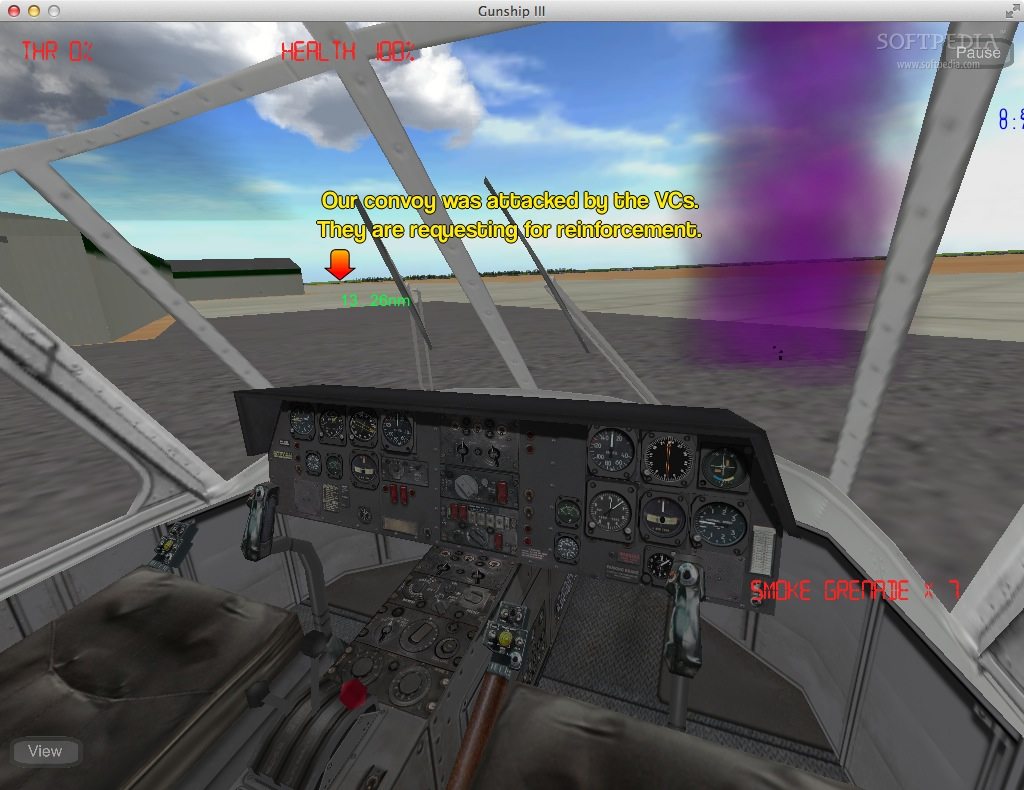

Third person view and free look might be particularly useful when driving.
#FLARES IN GUNSHIP III DRIVER#
The driver moves to your current waypoint.Īs a commander or a pilot, you are in control of a vehicle's countermeasures. The driver follows your commanding vehicle, maintaining the formation. This is best combined with the optics view.
#FLARES IN GUNSHIP III MANUAL#

It was an instant success in breaking up enemy attacks on hamlets and other defensive positions, and within a year, substantial numbers of the rehabilitated “Gooney Birds” were in action throughout the region.įollowing the highly successful Project Gunship I combat test program, the U.S. Air Force created the 4th Air Commando Squadron (ACS) in August 1965 as the first operational unit equipped with “Spooky” gunships. Although the 4th ACS was based at Tan Son Nhut AB, it deployed from several forward operating locations throughout South Vietnam (Bien Hoa, Pleiku, Na Trang, Da Nang and Can Tho). In November 1965, the 4th ACS (tailcode EN) was assigned 16 operational aircraft with four more assigned as “advanced attrition” aircraft. Within two years, the 4th ACS and the newly formed 3rd ACS (tailcode EL) were serving under the 14th Air Commando Wing (ACW). In August 1968, the unit designations were changed from “Air Commando” to “Special Operations” (SOS/SOW).Ī total of fifty-three C-47Ds were converted for use as gunships during the Vietnam War. Although the AC-47D “Spooky”, commonly referred to as “Puff” (as in “Puff the Magic Dragon”), was an effective attack system, it was also vulnerable to enemy fire. Fifteen aircraft were lost between December 1965 and September 1969. The AC-47D was equipped with three 7.62mm SUU-11A Gatling Miniguns mounted in the fifth and sixth windows on the port side of the fuselage and in the aft passenger/cargo door area.
#FLARES IN GUNSHIP III MOD#
Note: The SUU-11As were later replaced by specially designed 7.62mm General Electric MXU-470/A Gatling Miniguns.įor night missions, the aircraft carried approximately 48 MK-24 Mod 3 flares.Īpproximately 16,500 rounds of ammunition was carried on a typical mission.

Each flare could last up to three minutes and produce a light magnitude of two million candlepower. The delivery system was extremely simple, the loadmaster armed and dropped each flare out the cargo door when the pilot signaled by flashing a cargo compartment light. ARE THERE FLARES IN GUNSHIP III WINDOWS.


 0 kommentar(er)
0 kommentar(er)
